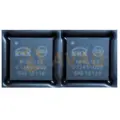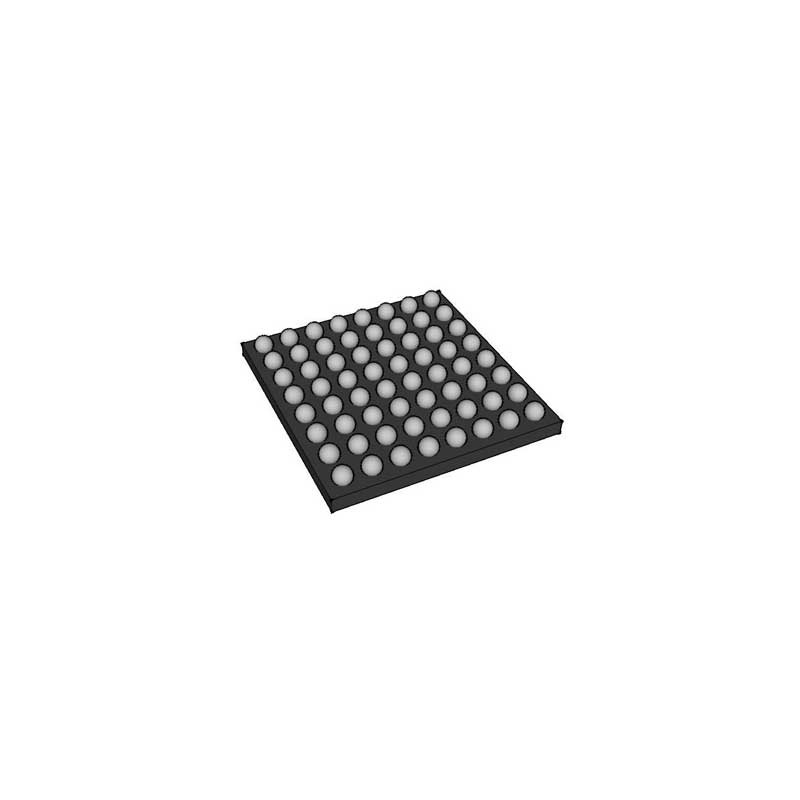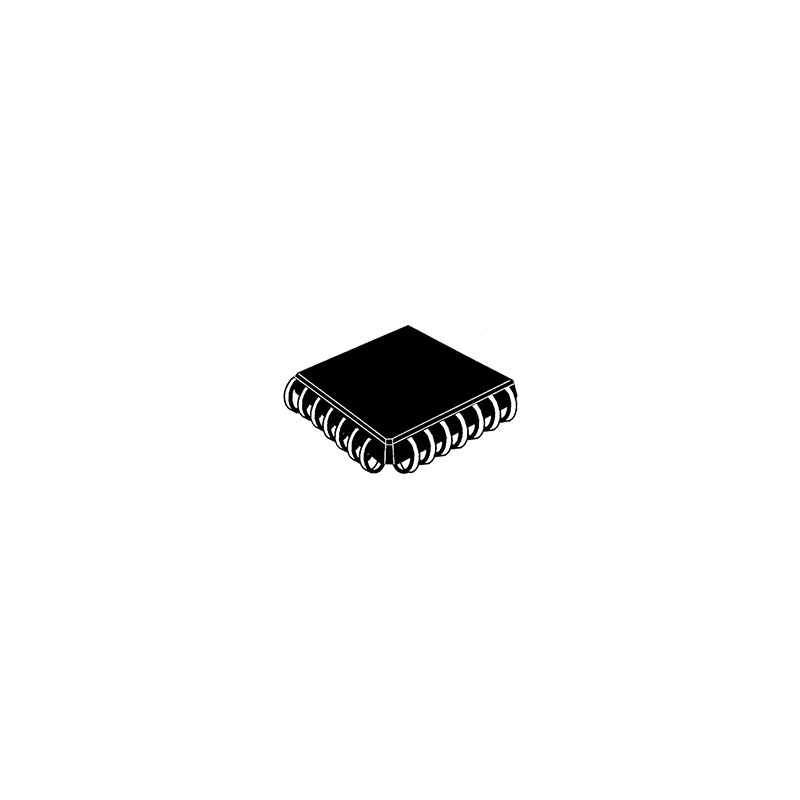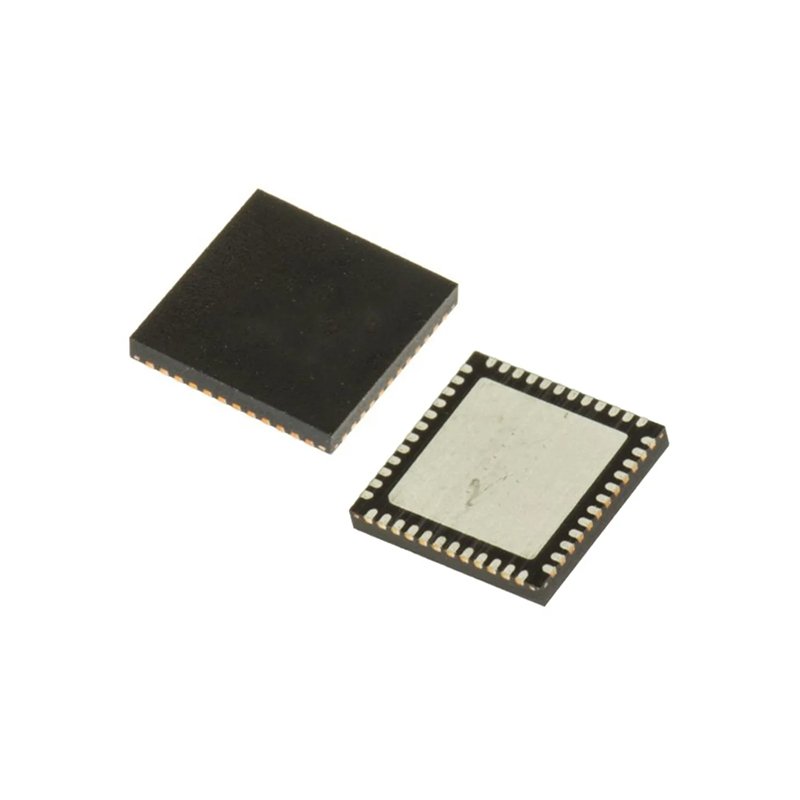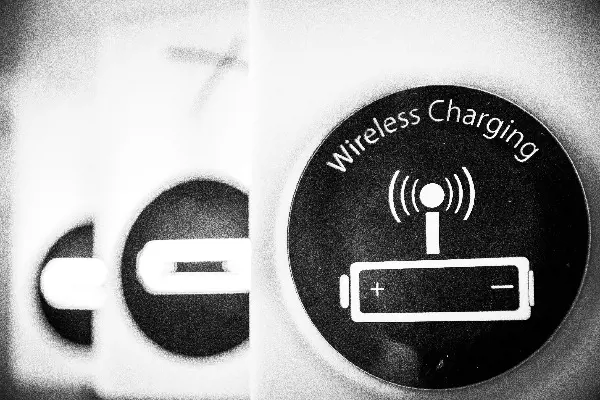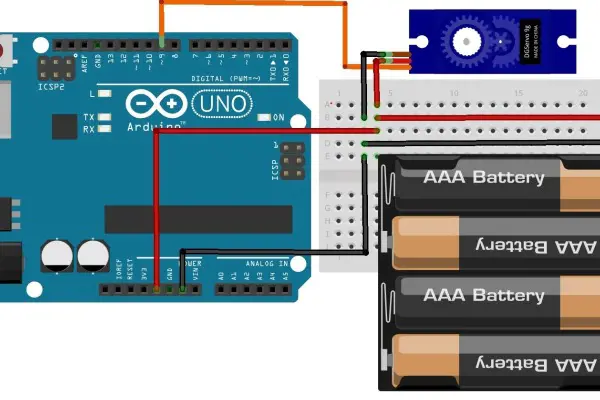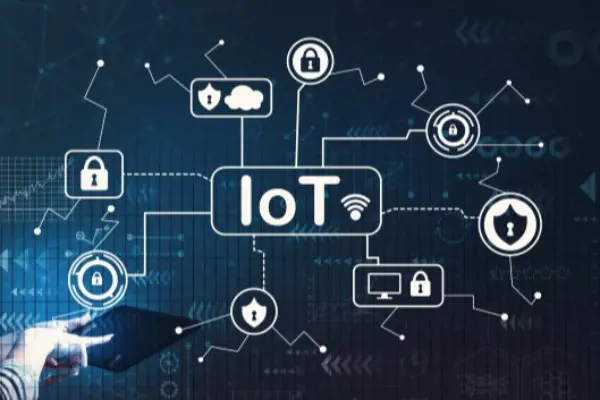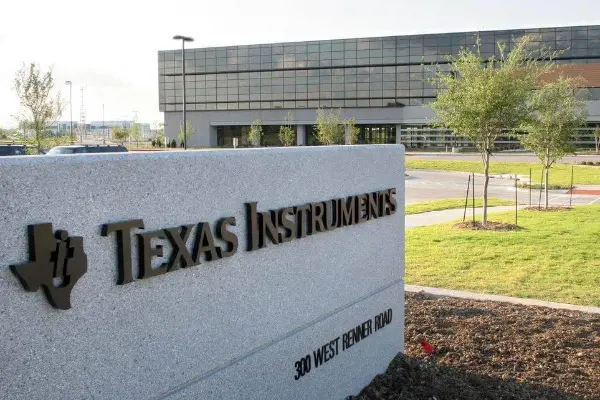Broadband Communication Technology Solutions
 Published: Apr 28, 2023
Communication Network
Share:
Published: Apr 28, 2023
Communication Network
Share:
TI believes that in the future of the broadband home, a variety of multimedia information will be sent through the broadband line to the broadband home personal terminal devices, but also between the various terminal devices to transmit multimedia content, including video, audio, sound, and data.
Driving Force
l High-speed connectivity, streaming video and audio needs
l Home networking: multiple PCs and networked appliances in the home
l Personalization: services planned for individual needs
l Gradual shift from the world of personal computers to the world of networked devices
l Backbone infrastructure will provide higher transmission capacity (and QoS)
Impact
Every home and business will use more bandwidth
Infrastructure must provide higher transmission capacity
End-to-end connectivity must provide QoS
Mature coexistence of home networking standards
Sound/video/audio across home and office locations
Networked appliances, endpoints, and services decentralized in the home network
Security mechanisms to protect consumers, providers, and content
Broadband Connectivity
Broadband lines extend outward from the core infrastructure to end-user devices, such as personal computers, personal digital assistants, telephones, televisions, and digital cameras. Infrastructure gateways provide broadband access capabilities to the packetized infrastructure, while client device access gateways extend broadband access lines to end-user devices through one or more home networking technologies.
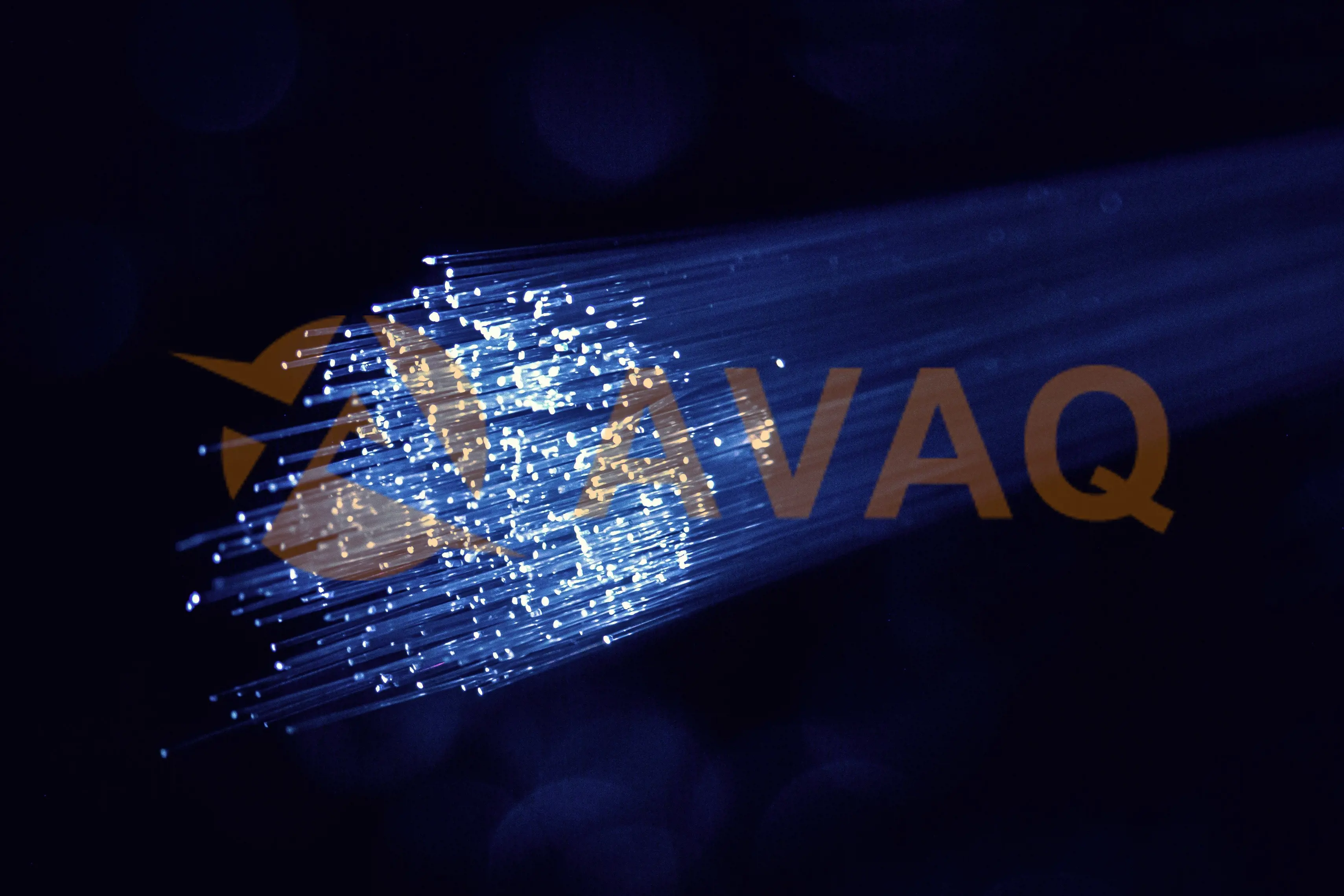
Broadband Access Technology
To address the last leg of the connection, vendors have introduced a variety of broadband access technologies, including.
- Cable modems
- Digital Subscriber Loop (DSL)
- Fiber optic
- 2.5G and 3G mobile phones
- Wireless Ethernet
Cable TV Cables
Cable operators are upgrading their lines to support data and voice services in addition to traditional video services, providing broadband access and replacing existing telephone lines. The Cable Modem Terminal System connects to the client cable modem and provides broadband access. Most cable modems provide an Ethernet interface to a personal computer or to multiple personal computers through a small router. Today's cable lines typically provide 500 kbps to 2 Mbps data download rates and 128 kbps upload rates, and the new generation of cable modem technology will also significantly increase the available bandwidth to support a variety of interactive applications, such as video conferencing and advanced online video.
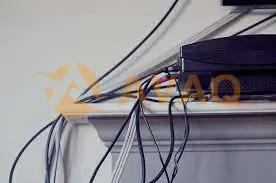
Digital Subscriber Loop (DSL)
DSL is a copper circuit transmission technology that allows high-speed data transmission over ordinary telephone lines by installing a DSL modem at both the client and the local end. DSL lines can be divided into many types to meet different technical requirements for different environments and applications; for example, the distance between the client and the local end (called the connection distance) and the data rate are important technical trade-offs. Asymmetric digital subscriber loop ADSL is mainly used for residential services, and this technology takes advantage of the fact that there are so many cables entering the local room that the copper lines have more crosstalk at the local end than at the client end. In such applications, most of the bandwidth is used to send data from the local to the client.
VDSL (Very-high-bit-rate DSL) can support both symmetric and asymmetric services, with asymmetric VDSL delivering up to 52 Mbps data rates to users, making it ideal for high data rate applications, such as real-time video streaming. However, in order to provide such high data rates, asymmetric VDSL is also limited in terms of the connection distance, as the customer must be located near the local office, or the infrastructure access gateway must be installed to a remote terminal unit close to the customer.

2.5 and 3G Mobile Phones
In addition to traditional voice functions, new-generation mobile phones are also starting to provide high-speed data capabilities. While current 2G mobile phones can only reach a 9.6 kbps data transfer rate, the new 2.5G service not only brings higher bandwidth to users but also provides fixed data services. 2.5G networks currently use two main technologies, GPRS (General Packet Radio Service) and EDGE (Enhanced Data Rates for GSM and TDMA/136 Evolution); the third generation of wireless communication technology can support higher data rates.
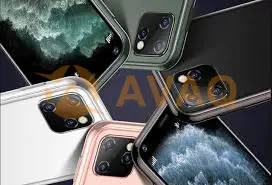
Home and Business Networking Technologies
Today, while the vast majority of businesses have begun to adopt some form of wired Ethernet local area network to meet their networking needs, most homes have not yet installed any network infrastructure. The major home networking technologies available today include
- Ethernet
- HPNA
- HomePlug
- Bluetooth
- Wireless Ethernet
TI Broadband Solutions

- ADSL: infrastructure, residential gateway, and client devices (PC and embedded)
- Cable: infrastructure (cable modem termination systems) and client devices (cable modems)
- Universal connection port remote access servers (RAS) supporting POTS services: dial-up modems (V.90, V.92, V.34.), Group 3 fax and VoP
- VoP solutions: infrastructure (high connection port density), client devices (integrated access devices), and end devices (IP phones)
- Home networking: Ethernet, 802.11a/b/g wireless Ethernet, Bluetooth
- Integrated digital audio and video: MP3, MPEG4, and others
Recommend Products
Related Solutions
-
![NXP Introduces High-Power Wireless Charging Solution for Laptops and 2-In-1 Tablets]()
NXP Introduces High-Power Wireless Charg...
NXP Semiconductors announced the first high-power wireless charging solution for notebooks and 2-in-...
Apr 28, 2023 Consumer Electronics -
![Multifunctional Street Light Automatic Control Circuit Solution]()
Multifunctional Street Light Automatic C...
The street light automatic controller is suitable for the automatic control of street lights in resi...
Apr 26, 2023 Consumer Electronics -
![How Can IoT Solution Providers Build a Secure IoT System at Different levels?]()
How Can IoT Solution Providers Build a S...
The Internet of Things (IoT) has been attracting a lot of attention in the industry for its security...
Apr 25, 2023 Consumer Electronics -
![ADI Proposes a Solution for Servo Motor Control]()
ADI Proposes a Solution for Servo Motor ...
For motor control solutions, ADI offers a comprehensive portfolio of products, including analog-to-d...
Apr 25, 2023 Consumer Electronics -
![IoT Transforms and Adds Value to Consumer Electronics Industry]()
IoT Transforms and Adds Value to Consume...
The Internet of Things (IoT) is taking consumer electronics to another level and could lead to the n...
Apr 26, 2023 Consumer Electronics -
![Texas Instruments Programmable Logic and Automation Controller (PLC/PAC) Solutions]()
Texas Instruments Programmable Logic and...
Programmable logic controllers (PLCs) and programmable automation controllers (PACs) process and con...
Apr 26, 2023 Consumer Electronics

 Update Time: Apr 28, 2023 Consumer Electronics
Update Time: Apr 28, 2023 Consumer Electronics